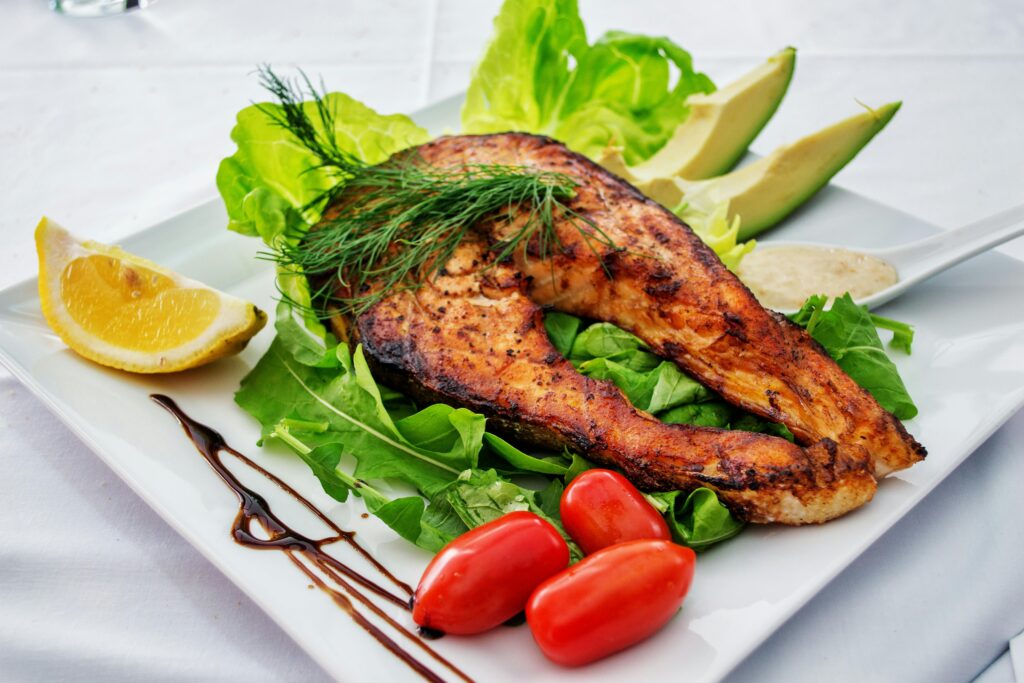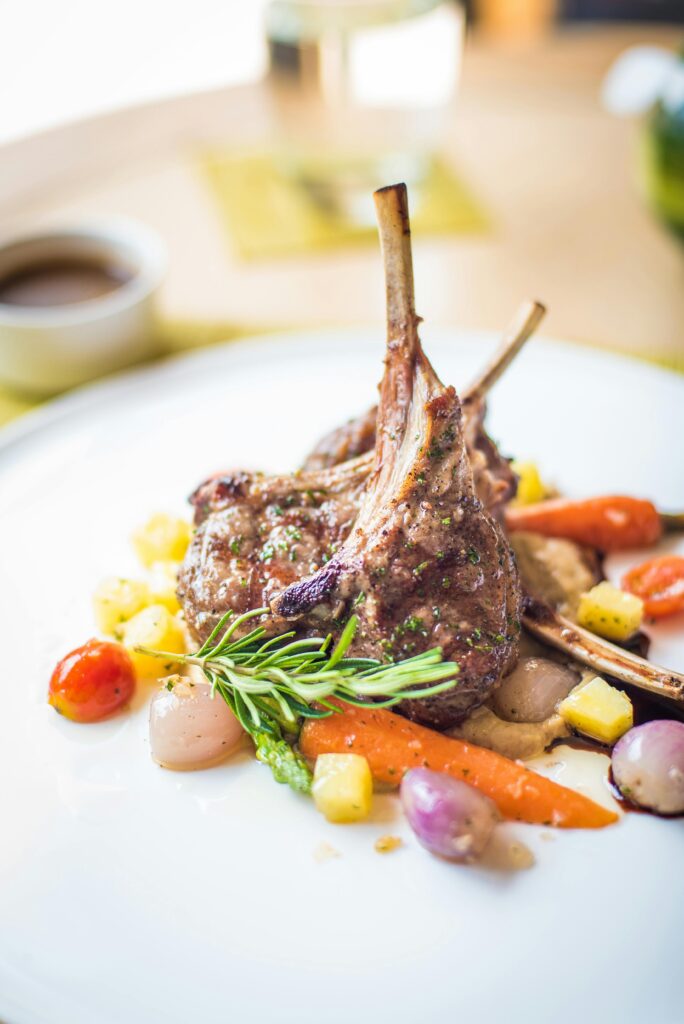Seasonal Eating for Maximum Savings and Nutrition
Guide to buying and cooking with seasonal produce for peak nutrition and lowest prices, including preservation methods and seasonal menu planning.
Seasonal Eating for Maximum Savings and Nutrition Read More »
Frugal Meal Planning

